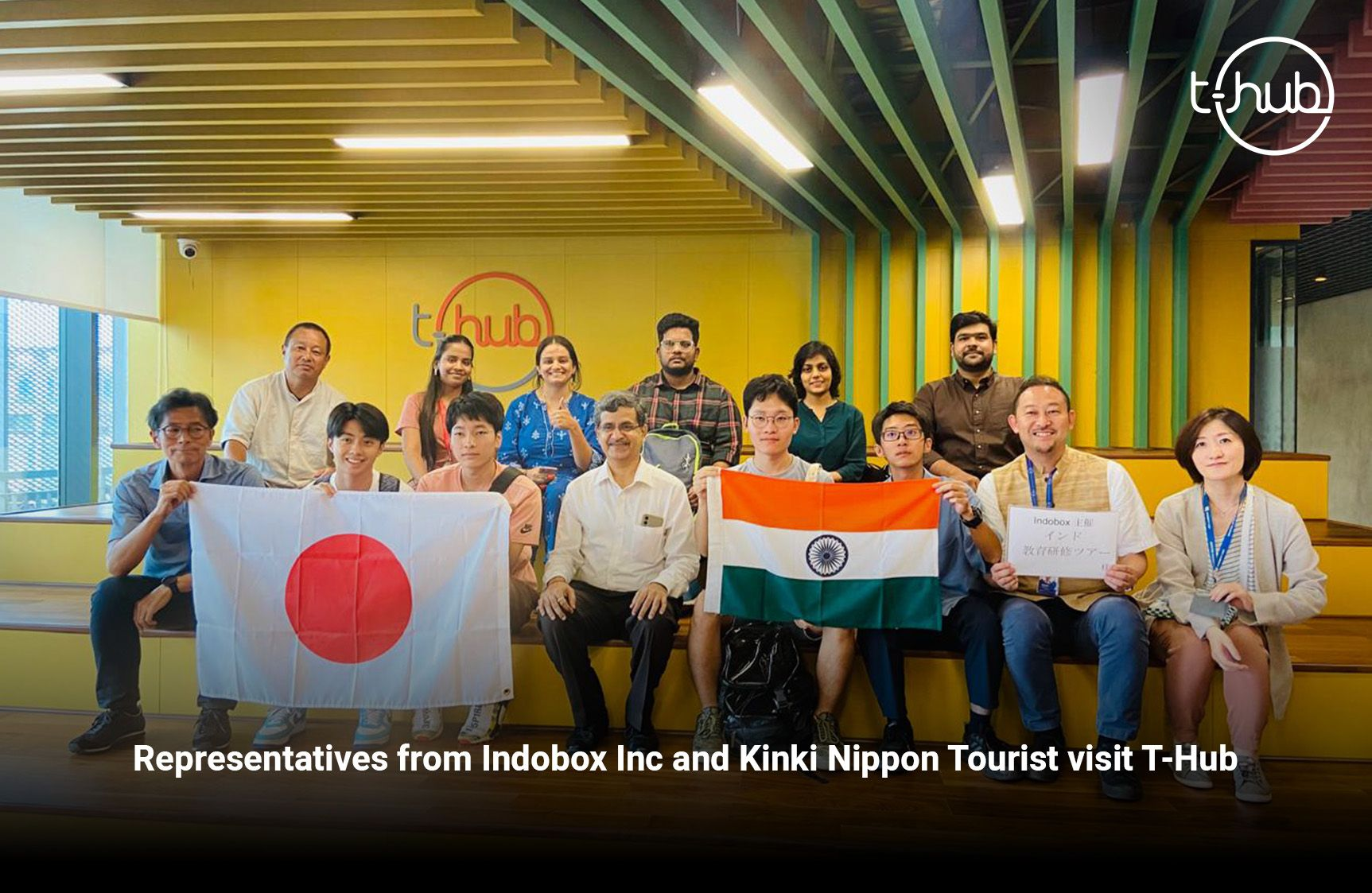A go-to-market (GTM) strategy is a must for launching any startup that is launching a new product. This strategy means finding the right audience for the product and reaching them with the right message at the right time. Due to effective GTM strategies, the adoption rates of digital or digitally enabled products have increased by a mammoth seven years!
With more potential customers moving online, the expectations and needs are evolving with online trends. As innovation in India grows, a startup’s GTM strategy must consider changing market trends and customer buying behaviour, mainly if that startup aims to succeed in a global market.
In 2022, during the T-Hub Innovation Summit, a panel discussion took place on the GTM Strategy for a Global Market. During this summit, startups and venture capitalist executives discussed the best GTM strategies to pioneer innovation in India. Among the prolific audience was Raviteja Dodda, co-founder of MoEngage Inc., who said that their first aim was to serve consumer brands with a digital presence.
After nine months of understanding the consumer profile, the result was that companies in the e-commerce segment were their best customer fit. A GTM strategy enabled MoEngage Inc. to finalise its business model and processes, leading to defining its goals while scaling.
Understanding the Startup Business Environment
Startups must understand the business environment in which they will operate. Building a dynamic and global GTM strategy is a critical factor in being relevant in the uncertainties of a geopolitically volatile economy.
Once startups understand how their customer base changes based on demography, the pricing, customer support, and sales processes are customised. The GTM will enable the startup to adopt the right marketing approach through online or offline channels.
DarwinBox – A Case Study
DarwinBox, an HR technology startup, focused its audience on mid to large enterprises, competing with legacy software providers. Rohit Chennamaneni, Co-founder, said that the main challenge was proving to the global customers that their software was the best.
Based on this problem statement, the GTM strategy entailed building customer trust and confidence in their product. The startup first focused on the Indian market at its launch. They eventually expanded to Southeast Asia, the Middle East, and the U.S. market.
DarwinBox learned that the behavioural patterns of its customers varied with each country, but the competition was the same. To succeed, they took the learnings of their GTM strategy, replicated it, and tweaked it as required to meet the expectations of all their stakeholders.
In the large innovation ecosystem, adapting their GTM strategy involved gaining the trust and confidence of the C-level executives involved in decision-making. “The CFO is trying to save money, the CXO is focusing on improving customer experience, the CIO is ensuring that any new system is integrating with their existing systems; all these interests have to align,” adds Rohit.
DarwinBox’s GTM strategy considered the alignment of all these stakeholders’ interests as they turned global.
How do you adopt a Market-driven GTM strategy?
Sashi Reddi, Managing Partner at SRI Capital, had said, “Startups in India can sell to small companies globally in a self-service mode, where they can provide a service without having a field sales force in the region they are operating in”.
Many startups in India can reach these smaller companies using market-driven sales, which is a huge opportunity to leverage.
“We sure have seen some great success from the enterprise to big market sales where you establish a foothold in one country and then expand. That model is now well-understood, but there is scope for startups to provide Server Message Block (SMB), self-service SAAS opportunities as a service for enterprises”, says Sashi.
It’s a whole new approach to GTM strategies that is entirely market-driven and with no salespeople involved.
What Mistakes To Avoid in a GTM Strategy?
In terms of mistakes to avoid, Rohit says, young startups often need to take a proactive approach to understand the market in which they will be operating. The most common mistake is that startups invest in a sales team without a first-hand understanding of the market. They tend to hire a sales team instead of trying to sell the product themselves to understand customer pain points directly.
Establishing a broad market fit for the product is critical before investing in growth. When startups focus on the GTM strategy in the initial stages, they can build great products backed by a strong marketing strategy.
On the other hand, Sashi says it’s essential for a young startup not to spend its capital until they get their product-market fit. Indian startups often underprice their services, believing cheaper is good when it’s not. “Go out there as if you bring a lot of value, and don’t be afraid to charge for what you bring to the table’, he adds.
Startup entrepreneurs must stay tuned to market developments of the innovation ecosystem and focus on developing a dynamic GTM strategy. It helps them understand the market and their customer and achieve better price realisation. Getting assistance from startup incubators and mentors can give them the adaptability to scale across global markets.






